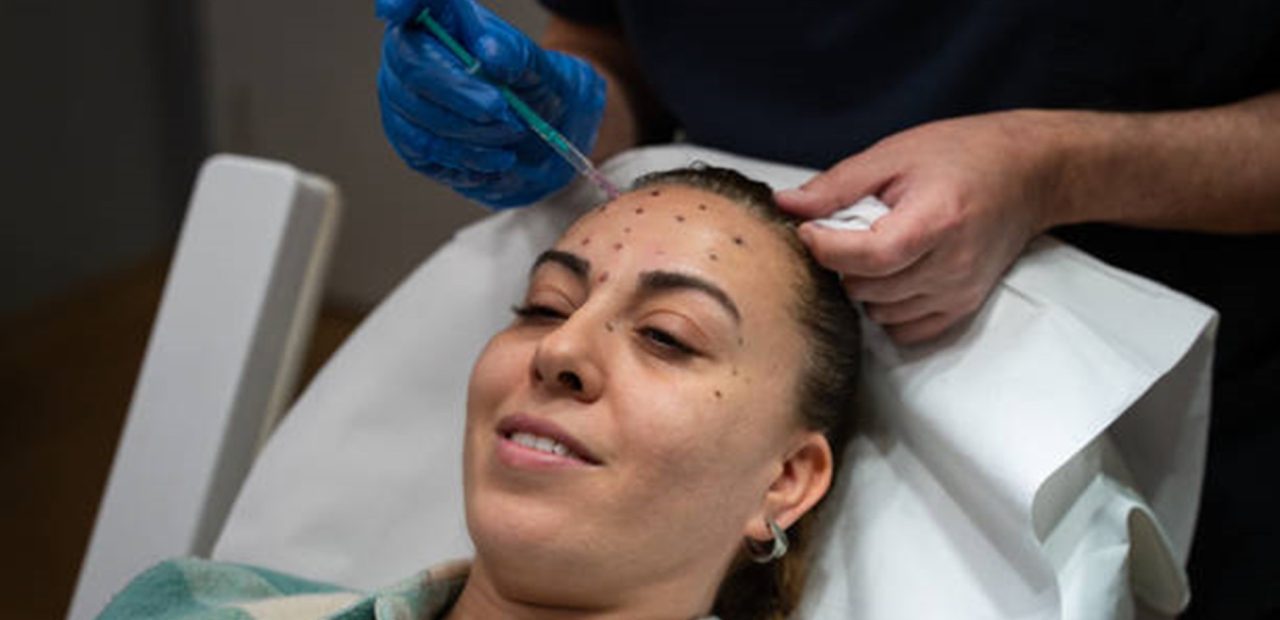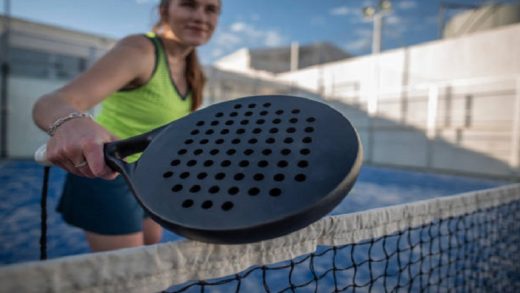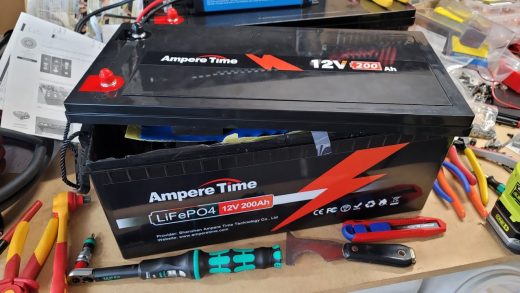How Skin Treatments Can Help Improve Acne Scarring?
Acne scarring is a major problem for many, especially teenagers. Even though acne is completely normal and temporary, the scars it leaves behind can be quite embarrassing and make people feel uncomfortable in their skin. However, you don’t have to settle with the look of your acne scars! Today, there are various skin treatments that can help improve or even remove these marks to give you back confidence in your appearance. In this blog post, we will explore exactly what kinds of treatments are available right now and how they could potentially help reduce your acne scarring. So if you or someone you know wants clearer skin without worrying about stubborn blemishes ruining one’s self-esteem—read on!
The different types of acne scars and their causes
Acne scars can be one of the most embarrassing and hard to deal with skin issues. Not only do they cause physical problems, but they also affect confidence levels and self-esteem. But before we discuss how to treat acne scars, it’s important to understand what causes them in the first place. There are various types of acne scarring that one can suffer from, all having different underlying reasons and treatments.
Atrophic Scars: These are pitted or indented marks on the face which occur when there is a loss of tissue during healing—usually due to severe inflammatory acne.
Hypertrophic Scars: These raised, red bumps tend to form when collagen builds up around a wound.
Keloid Scars: These are similar to hypertrophic scars, but they expand beyond the boundaries of the initial wound and can develop into larger raised bumps over time.
Ice Pick Scars: These deep, narrow pits in the skin occur when large pores become clogged with sebum and bacteria, leading to infection and inflammation which damages the surrounding tissue.
Boxcar Scars: Similar to ice-pick scars, these wider indentations usually have a V-shape or U-shape at their base—caused by tissue damage from severe acne lesions.
Post-Inflammatory Hyperpigmentation (PIH): This is caused by an overproduction of melanin in the skin, giving it a darker or ‘bronzed’ look.
All these different types of acne scars require different treatments to make them less visible and reduce their impact on one’s life.
Potential treatments for Acne Scarring
One of the most common treatments for acne scarring is skin needling. It works by inducing collagen production in the skin which helps to smooth out and even out any indentations left by acne scars. Skin needling can also help improve hyperpigmentation, making discoloration much less noticeable.
Other treatments such as laser resurfacing, chemical peels, and dermabrasion can also be used to reduce the appearance of acne scars. Laser resurfacing works by targeting deep layers of skin with tiny beams of light which remove damaged skin and stimulate collagen production in the area. Chemical peels involve applying a specific chemical solution to the face which causes it to peel off, removing any discolored or uneven patches on the surface.
Finally, dermabrasion is a procedure that uses a special wire brush to exfoliate away dead skin cells and reveal healthier tissue underneath—this helps even out scarring and reduce the signs of aging.
Tips to help protect your skin while undergoing treatment
When undergoing treatment for acne scarring, it is important to take care of your skin both during and after the procedure. Treating facial scars can involve a number of different procedures such as laser resurfacing, chemical peels, dermabrasion, and skin needling – all of which can cause some amount of irritation or redness. Here are four tips to help protect your skin while undergoing any kind of acne scar treatment:
- Use sunscreen: It is important to apply sunscreen with at least SPF 30 every day when receiving treatments for acne scars, especially if you are having laser resurfacing done. Sun exposure can cause further damage to the skin, so make sure you use a broad-spectrum sunscreen to protect your skin from UV rays
- Stay hydrated: Drinking plenty of water helps to keep the skin moisturized and hydrated, which will help with recovery after any kind of treatment for facial scars
- Avoid touching or picking at the area being treated: It is important to avoid touching or picking at the area that is being treated as it can cause further irritation
- Follow post-treatment instructions: After any kind of procedure, make sure you carefully follow the instructions given by your doctor or skincare specialist in order to achieve optimal results.
At PlasmaTherapy we are proud to offer Skin Needling treatment for Acne Scarring at our Fitzroy clinic. Our innovative skin needling treatment is designed to transform your health and beauty, bringing back confidence in your appearance. Using our advanced technology, we can reduce the appearance of acne scars and help you achieve smooth, healthy skin that you’ll be proud to show off! If you or someone you know is looking for a way to improve their facial scarring—contact us today to find out more about what treatments may be available.
How to choose the right acne treatment plan for your needs
When considering treatments for acne scarring, it is important to speak with a qualified skincare professional who can assess your particular situation and recommend the best course of action.
At PlasmaTherapy we take the time to understand our patient’s individual needs and create customised treatment plans that are tailored to their unique skin type and condition. Our experienced team will work with you to design an effective treatment plan that can help reduce the appearance of acne scars and improve skin tone, texture, and overall health.
We invite you to book a consultation at our Fitzroy clinic today – so we can discuss how we may be able to transform your health & beauty! Our friendly team looks forward to providing you with the best advice and treatment possible. Contact us to get started!
Conclusion
To sum it up, no matter your skin type or the severity of your acne scars, there is a treatment out there that will help. From lasers to chemical peels and dermal fillers, people with even the deepest and most severe scarring can find a suitable solution. With the right approach, it’s possible to improve any type of acne scarring significantly and make clear and beautiful skin a reality. The key is to use multiple treatments in combination for the best results. Don’t hesitate to talk openly with your dermatologist about all the options available so you can develop the perfect regimen for you. With enough patience and dedication, you should notice an improvement in your skin over time – one step at a time!













